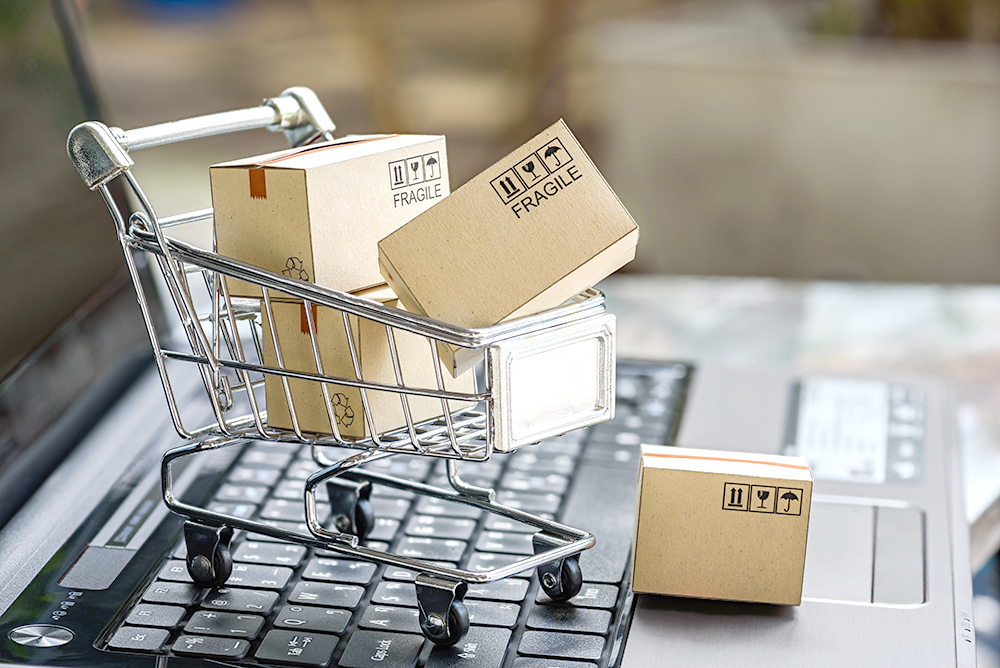Is it time to move beyond online versus bricks and mortar?

This time two years ago Australian retail was awash with scaremongering the sector was at risk of imminent collapse courtesy of e-commerce giant Amazon’s impending arrival.
“Online would kill real world retail” many headlines proclaimed. Two years later there appear to be few casualties of what was tipped to be a huge shakeup for the sector.
Instead, the industry has evolved. Bricks and mortar continues to do what it does best; offering real-time service with real people in a real-world and tangible environment. Online continues to play to its strengths; convenience, shopping at the press of a button, home delivery, and more.
But in many ways these sectors are no longer separate, they have instead converged. More often than not, real-world retailers have an online presence, while online retailers are opening bricks and mortar stores.
So, here are just some reasons it might be time to move beyond the online versus bricks and mortar debate…
A chance comment by the NRF
Unveiling their recent spending predictions for the holiday season ahead, NRF President and CEO Matthew Shay made a quiet but telling comment to journalists.
He noted online expenditure was set to increase in 2019. The prediction sees US consumers expected to fork out 11 to 14 per cent more via e-commerce, with online accounting for about 20 per cent of holiday season retail sales. This compares to about 10 per cent of sales throughout the rest of the year.
But then Mr Shay went on to ponder whether ‘online’ sales was even a relevant figure to highlight any more.
“We continue to have ongoing discussions about whether it even makes sense to break the online figure out anymore, because retailers really look at this as a wholistic way to engage with their consumer,” Mr Shay noted.
“At the end of the day customer engagement is the key metric, and that can be achieved in a number of ways.
“Really, I think the world is becoming increasingly agnostic as to whether purchasing is instore, online, or buy online pickup instore. It continues to blend and converge and that will accelerate this holiday season.”
The omnichannel advantage

This week the online versus real world debate fired up again in Australia, with many levelling blame at online retail for the closure of fashion brand Forever 21.
As Inside Retail noted, this blame might well be misplaced.
As they outlined, bricks and mortar will always have a series of district advantages, including:
- The ability to touch, try and feel a product instore
- The immediate gratification or sheer practicality that comes from sourcing a product, purchasing it and having it instantly
- The social aspect that comes from physical shopping
No online experience can detract from any of the above.
What many of the most successful retailers do, however is complement this experience with online product availability. Now you can see it, feel it and try it on instore, then order it from the comfort of your loungeroom after giving the product some thought.
And then there’s buy online, pick up in store, which in a country as vast as Australia often offers serious advantages over the time taken for home delivery.
So, did Forever 21 fail due to online competition? As Inside Retail notes, probably not, and is the debate that clear cut anyway?
Retail is no longer the two frontiers of online or bricks and mortar. Perhaps, as Mr Shay explained it is an ‘agnostic’ blend of both that allows retailers to harness the power of convenience, practicality and sensory delight that ultimately caters to the customer’s engagement and experience.